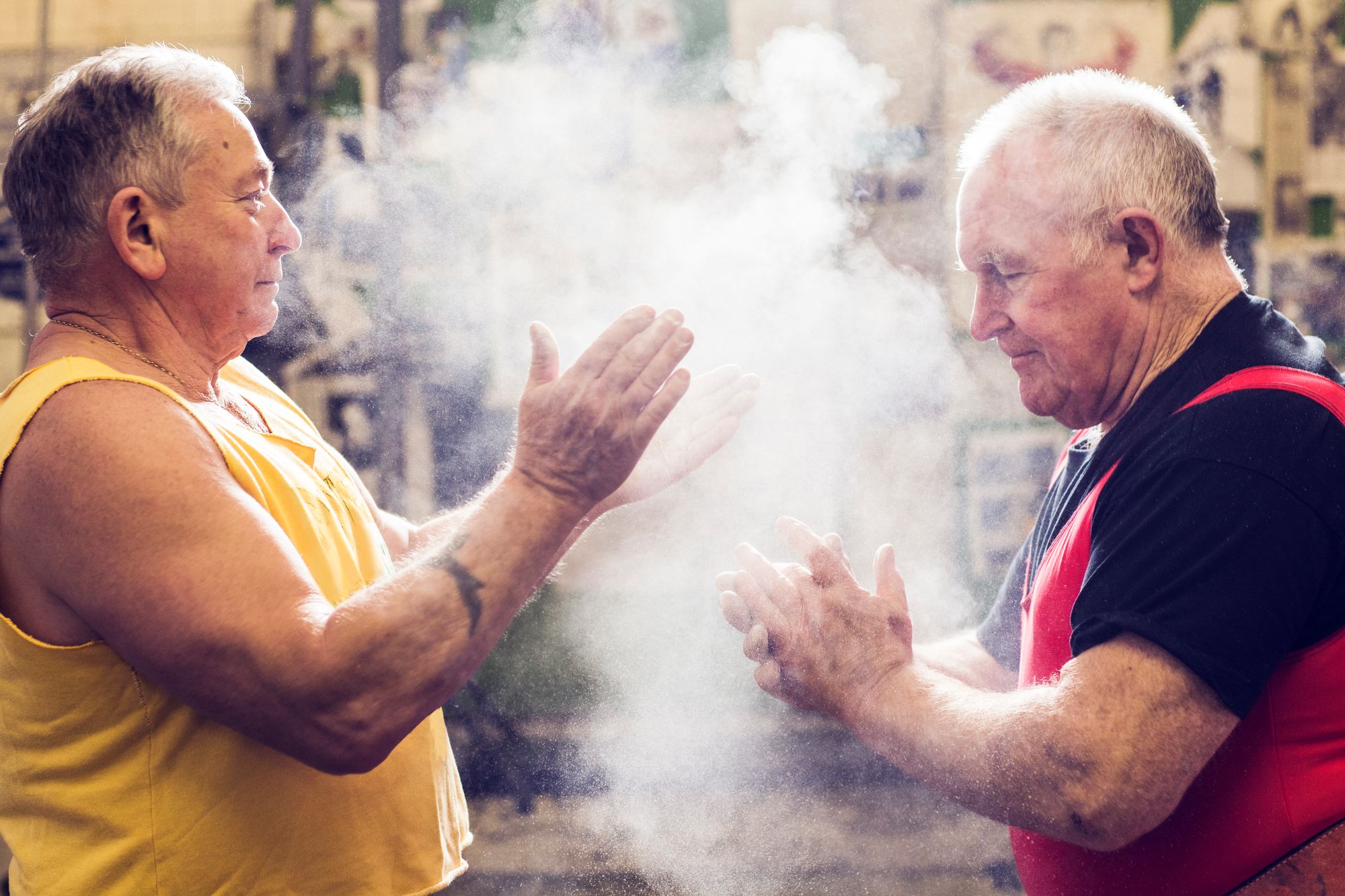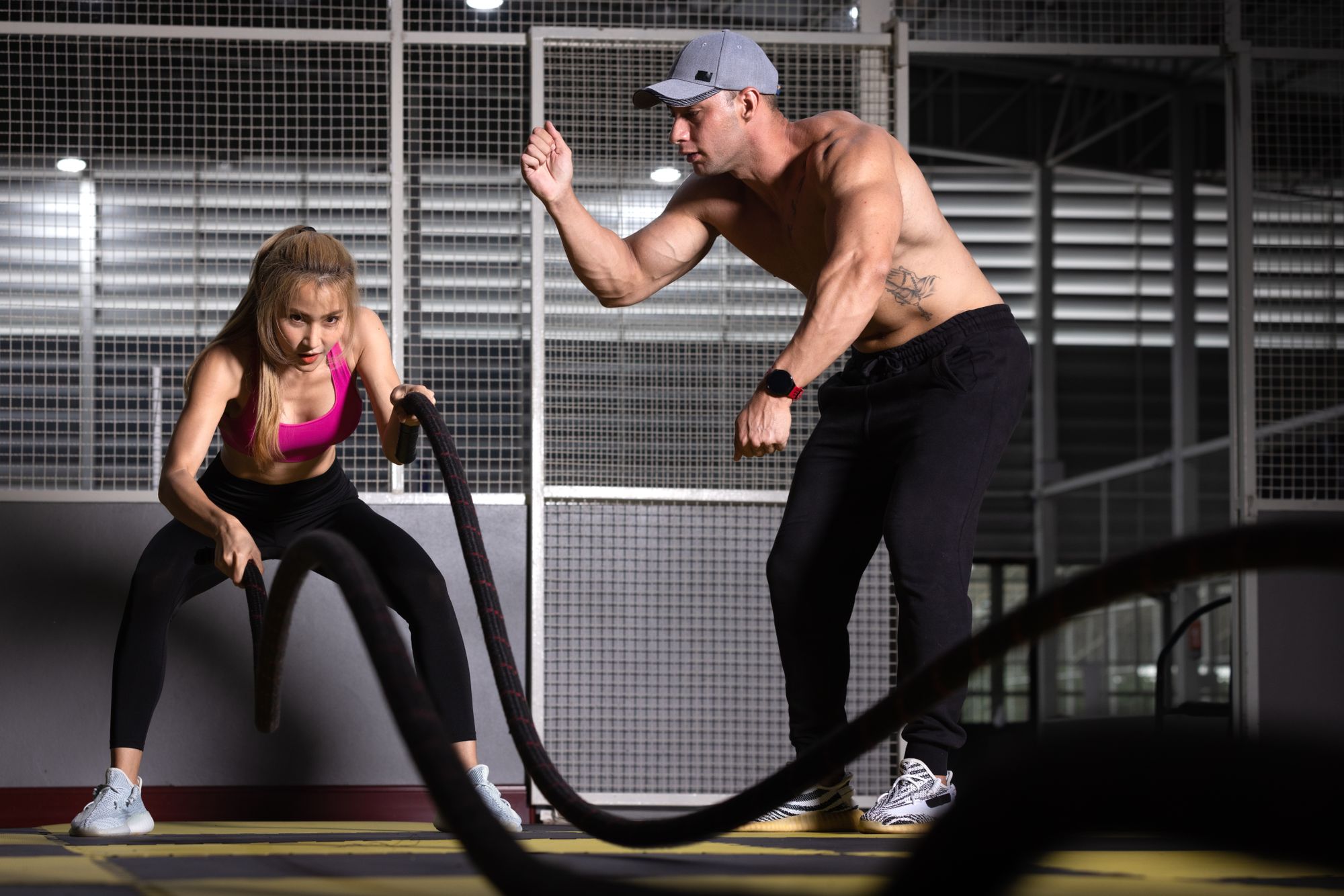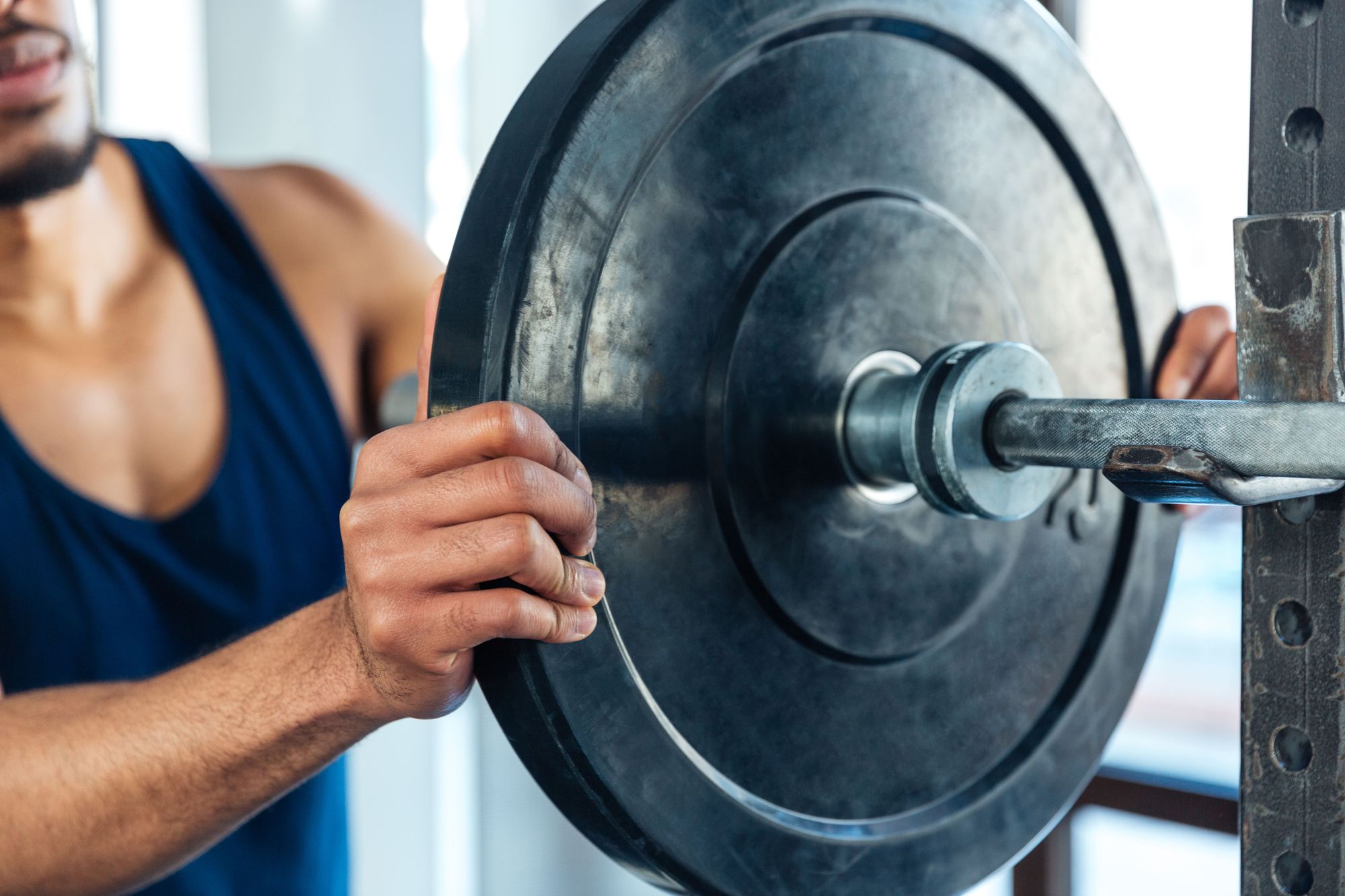Is Strength Training Safe if You’re a Senior? (Important Do’s and Don’ts)
The thought of strength training may intimidate and overwhelm if you're a senior. It can't be safe, right? Learn if you should be worried here.

Think of strength training, and your mind will often conjure images of young, strong-looking men and women crushing it in the gym. Rarely would you think of older individuals (who’re typically associated with the descriptors "weak" and “frail”) — even if you’re a senior yourself.
You may harbor deep-seated skepticism about strength training as a senior 😬
- Is it safe? Will you end up breaking something like a hipbone, for instance? Or faint?
- What’s the point of strength training anyway? Isn’t walking good enough?
- Wouldn’t strength training further hurt your joints, which are already in a world of pain?
To all that, we say, it’s time to put your skepticism away for a while.
Strength training is one of the best things a senior could do. And we'll show you why in this article. Better still, we'll also detail the important do’s and don’ts, so you safely embark on this exciting, new, gains-filled journey.
Is strength training safe if you’re a senior?
Let’s address the most pressing question in your mind: is strength training safe if you’re a senior? Well, we think the answer should be pretty in-your-face right now.
Regardless of your age or individual characteristics, strength training is the single safest exercise you could engage in (provided you take a few precautions — which we’ll cover in just a bit).
But, of course, it goes beyond safety.
Chilling on your sofa while nursing a hot coffee mug is also safe. So why should you give up that comfort and choose to sweat, grind, and grunt in the gym?
Answer: all its physical and psychological benefits.
Benefits of strength training if you’re a senior
Here are just a few things you could expect from strength training as a senior:
PS: Exercise isn’t bad for your knees. Really.

Do’s and don’ts when strength training as a senior
Excited to start strength training as a senior?
As safe as it may be, there are still a handful of precautions to note:
- Get the all-clear from your doctor: This is super, super important. Especially if you’re on any form of medication at all. Ideally, your doctor should also provide you with exercise guidelines specific to your condition (e.g., avoid doing high-intensity exercises because you’re on X medication).
- Start slow: Regardless of age, they should start slow when beginning a new exercise routine. The same applies to you as a senior starting on strength training. While the recommendation is for you to strength train 3 to 4 times weekly, don't rush into that frequency immediately. Instead, start with 1 or 2 times a week, get used to it, then gradually increase once you feel ready.
- Watch your form: Seniors must watch their form when strength training. Poor form could injure you — taking you out of your workout routine for longer than you’d like. Hiring a personal trainer (at least for a while) may help with this. You should also incorporate mobility work into your program for maximal safety.
See what you should look out for in a personal trainer:

Note: a “senior weight training routine” doesn’t have to look different from a “normal” one
Strength training is beneficial, and you should do it, even if — and especially if — you’re a senior.
Don't worry about "special senior-adapted" exercises, either. In most cases, barring unique conditions, your workout routine will likely be indistinguishable from a younger person who’s also new to strength training.
By the way, the articles below are designed to help you learn how to program your very own workout routine:



Need more help getting started with strength training as a senior?
GymStreak could help. In addition to planning your workout routines, it also allows you to track and log your sessions, keeping you accountable and motivated. Check it out below:
Transform Your Life And Health With Strength Training
We're ready to help you. Just download the app, and you're all set.
References
Cdc, T. U. (n.d.). Growing Stronger—Strength Training for Older Adults. 126.
Fruh, S. M. (2017). Obesity: Risk factors, complications, and strategies for sustainable longterm weight management. Journal of the American Association of Nurse Practitioners, 29(Suppl 1), S3–S14. https://doi.org/10.1002/2327-6924.12510
Hong, A. R., & Kim, S. W. (2018). Effects of Resistance Exercise on Bone Health. Endocrinology and Metabolism, 33(4), 435–444. https://doi.org/10.3803/EnM.2018.33.4.435
Jan, M.-H., Lin, J.-J., Liau, J.-J., Lin, Y.-F., & Lin, D.-H. (2008). Investigation of Clinical Effects of High- and Low-Resistance Training for Patients With Knee Osteoarthritis: A Randomized Controlled Trial. Physical Therapy, 88(4), 427–436. https://doi.org/10.2522/ptj.20060300
Krzysztofik, M., Wilk, M., Wojdała, G., & Gołaś, A. (2019). Maximizing Muscle Hypertrophy: A Systematic Review of Advanced Resistance Training Techniques and Methods. International Journal of Environmental Research and Public Health, 16(24), 4897. https://doi.org/10.3390/ijerph16244897
Latham, N., & Liu, C. (2010). Strength training in older adults: The benefits for osteoarthritis. Clinics in Geriatric Medicine, 26(3), 445–459. https://doi.org/10.1016/j.cger.2010.03.006
Mozaffarian, D., Hao, T., Rimm, E. B., Willett, W. C., & Hu, F. B. (2011). Changes in Diet and Lifestyle and Long-Term Weight Gain in Women and Men. The New England Journal of Medicine, 364(25), 2392–2404. https://doi.org/10.1056/NEJMoa1014296
Osteoporosis. (n.d.). National Institute on Aging. Retrieved August 10, 2022, from https://www.nia.nih.gov/health/osteoporosis
Volpi, E., Nazemi, R., & Fujita, S. (2004). Muscle tissue changes with aging. Current Opinion in Clinical Nutrition and Metabolic Care, 7(4), 405–410.


